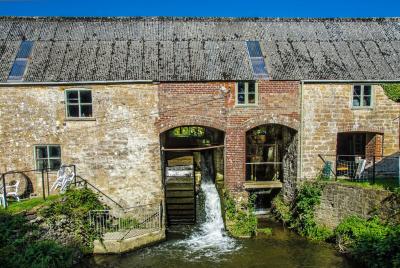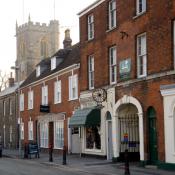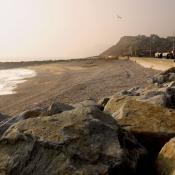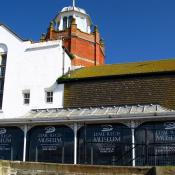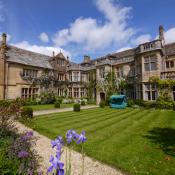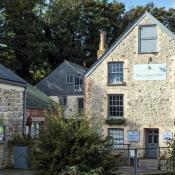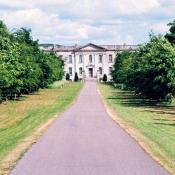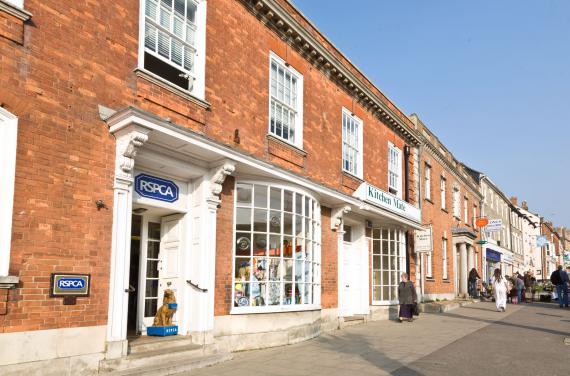
Bridport is a small market town and fishing port, for many years the main producer of ropes in the country. It became a fortified burgh, established by Alfred the Great, in the late 9th century. In the middle of the 13th century, Henry III made the town a Royal Borough.
In 1651 Charles II stayed in the town whilst hiding from Cromwell’s army. The main industry in the town from time immemorial has been rope making and there are records indicating that this was a thriving business as early as the days of King John, when ropes and cables were produced in Bridport for the army and navy. The industry eventually had a world-wide trade.
The wide main streets of Bridport contain more than a thousand listed buildings, many built for the rope making industry. These include the Court and West Mill in West Street. There are still Wednesday and Saturday street markets held in town and Bridport was runner-up for the South West Local Food Award 2006 in recognition of the quality and range of its locally produced foodstuffs.
A local museum features the history of the area from the time of the Romans until much more recent days and includes much of the background about the rope-making industry. Bridport lies around a mile from the coast at West Bay. The harbour of the pretty village of West Bay is the starting point for the eleven mile scenic walk along the valley of the River Brit, ending to the north of Beaminster at Winyards Gap.
There are two notable hill forts in the area. Eggardon Hill Fort is extremely atmospheric and boasts wonderful views of the surrounding countryside. It dates from the Iron Age and has not been recently excavated, so there may be more to find here. The fort covers almost forty acres of hill top. There are good facilities here, including disabled access. The other hill fort is Pilsdon Pen, also from the Iron Age and one of the highest points in the county at over 900 feet.
The 17th century Mangerton Mill is a working water mill and a Museum of Rural Bygones. It is on the bank of the River Manger and has its own tea rooms. There is trout fishing available on the river and many attractive walks around this area and beside the river.
Palmers Thatched Brewery is well worth a visit. The tour of this traditional brewery concludes with a tasting in the board room. Bridport is a good centre from which to explore both the shore and countryside of Dorset. It has many individual shops, cafés, restaurants and other tourist attractions.



